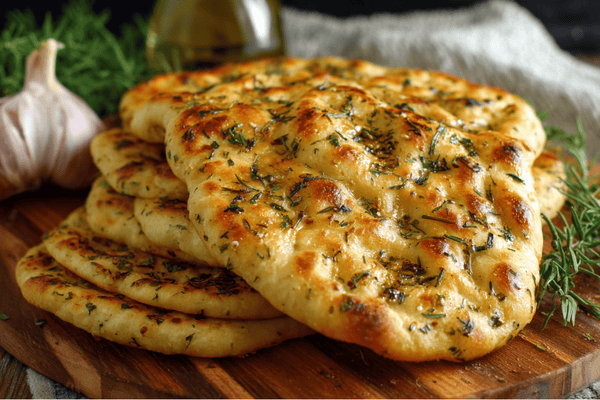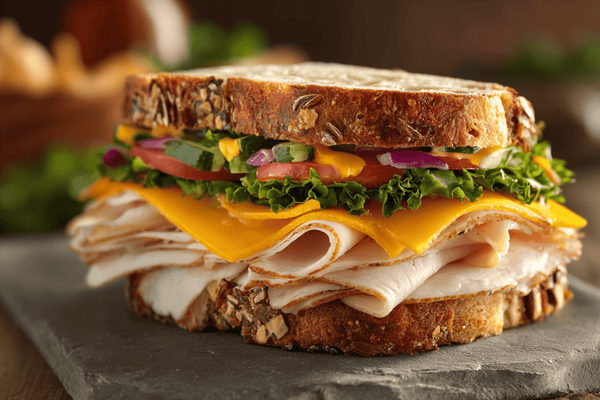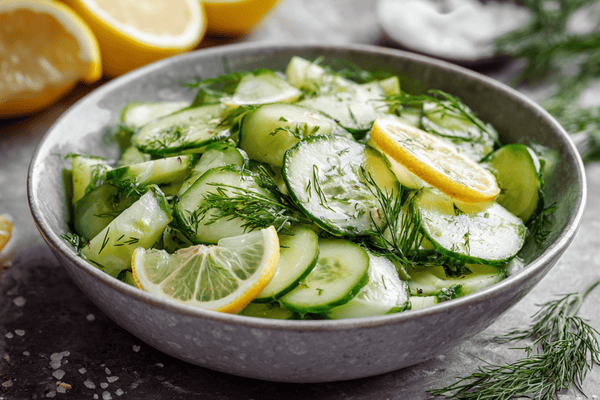
Knife handles are a very important part of Japanese chef knives. One might even say they're more important than the blade! Japanese chefs need a comfortable knife handle that will not slip in their hands, whilst they perform extremely delicate and intricate chopping techniques, traditional to Japanese cuisine. The handle and handling of a knife is therefore extremely important.
Table of contents
What Is a Tang?
The weight, design, formation of the handle has its own name - the tang. This word refers particularly to the extension of the blade into the wood or other material that makes up the handle itself. This extension can allow for better balance and control while cutting food items like fish, meat, vegetables etcetera.
There are many different tangs available when it comes to chef knives and their handles. Some Japanese chefs prefer a full tang whereas others enjoy the benefits of having just a partial tang.
Japanese chef knives tend to have longer and more narrow blades than other kitchen knives. This is because Japanese culture has a custom of slicing rather than chopping food items. The thin blade allows for this type of cut without breaking or bending when cutting into harder vegetables such as carrots, squash, and pumpkin.
Full Tang

A full tang is when the metal that makes up the blade continues all the way through to the very end of the handle. There are two main advantages of this type of knife construction, balance and strength.
The balance of a full tang handle is the most noticeable. With a full tang, there is more metal in the handle which means it will be heavier than other handles that are constructed with just partial rods or nails of metal. The additional weight can help when cutting through hard items such as butternut squash, watermelon, and even some bones.
The strength of a full tang handle is in the fact that there are no weak points, as there are no points in the handle which are not reinforced by the metal of the blade itself.
Partial Tang

A partial tang or half tang handle means the metal of the knife blade does not extend all the way through to the very end of the handle, but only extends so far.
The benefits of a partial tang knife are that they have an easier manufacturing process and result in a lighter-weight knife which is therefore better suited for smaller hands and lighter work.
However, the limitation of a partial-tang handle design is that in rare cases, it can break in a fall or when too much pressure is applied during cutting food items.
Other tang names that you may find include Push-, Encapsulated-, Hidden-, Rat-tail-, Stick-, Tapered-, Skeletonized-, Extended-tang, but these are all forms of a partial tang handle.
Final Thoughts
Whichever tang you choose depends upon the intended purpose for the chef's knife. Knowing what you need the knife for will leave you better informed as to what tang suits you.


